Next time you walk through a winter woodland, take time to pause and examine the nearest rotting log, the branches above you, the leaf-litter at your feet, and you’ll be rewarded with a hidden beauty visible only to those of us who stop long enough to see it.
The structure of the trees and their arrangement become clear, and small constructions such as bird’s nests, witch’s brooms and wasp nests are revealed. We reveal 8 oddities of the natural world that you're likely to find in your next visit to the woods.
Scarlet elf cups
Jaunty scarlet elf cups stand out against a moss-covered dead log. Each cup is around 4cm across with a short stem.
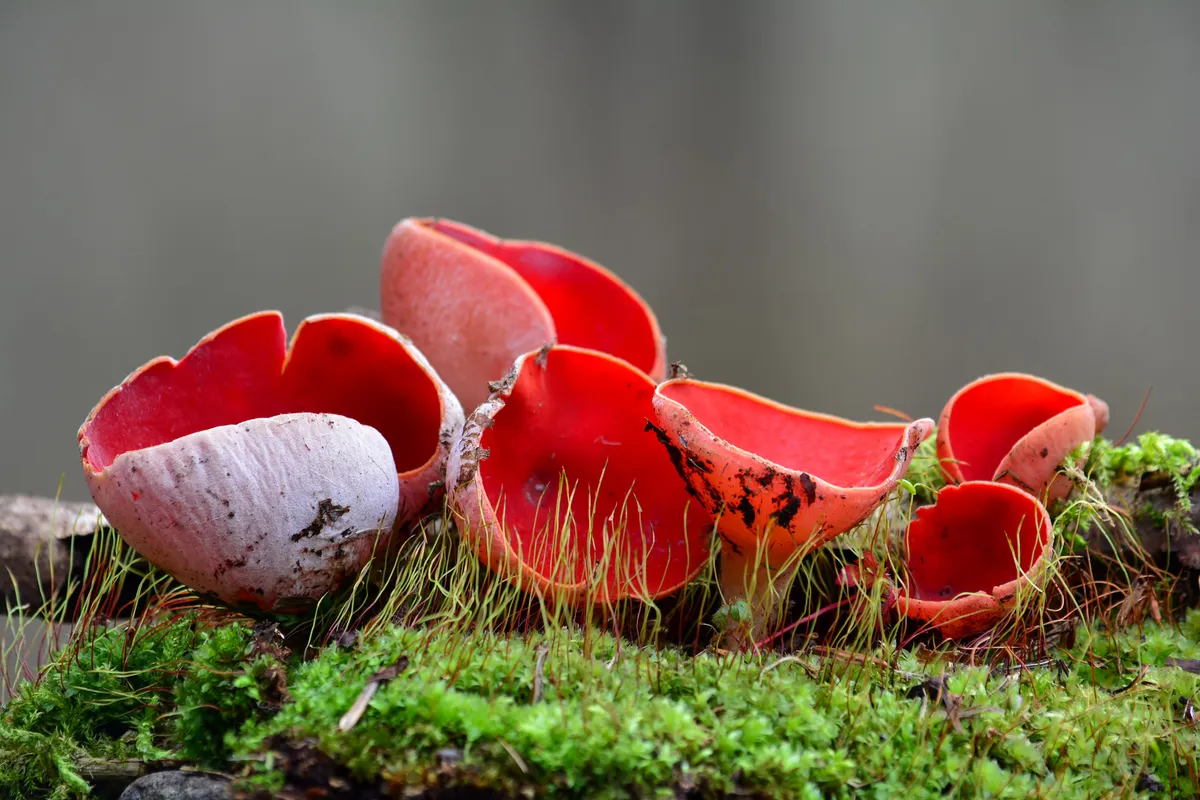
Fungi forms
Brilliant green moss contrasts with the blackened hue of rotting wood. Created by rot fungus, this dark layer is catchily termed the ‘pseudosclerotial plate’.

Bark burrs
A response to damage or stress, the burrs on this tree appear to form a face with an overhanging brow and pursed lips.
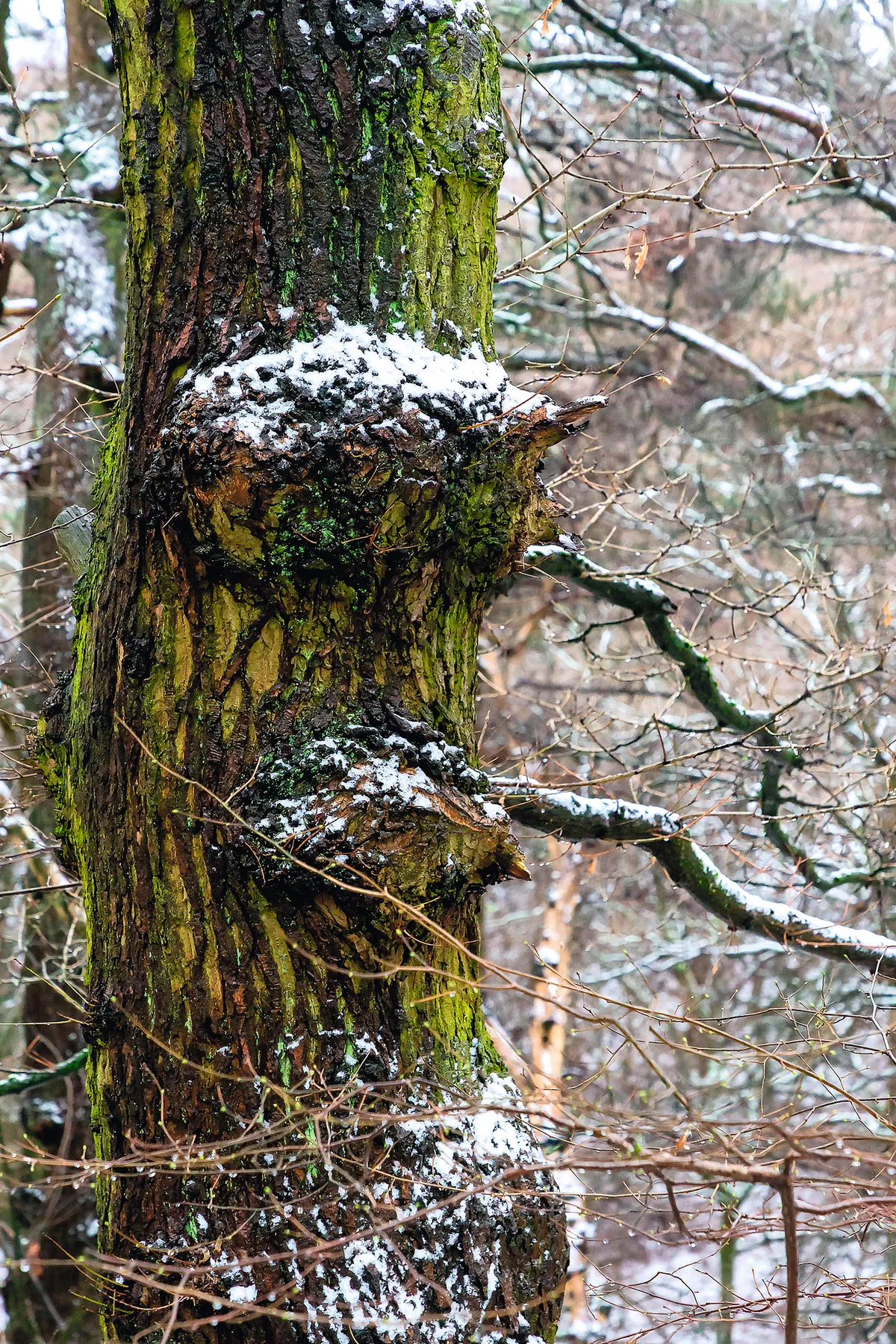
Spalting
Discolouration caused by fungi creates artistic patterns running through wood, known as spalting, seen here in these chopped silver birch logs.

- British wild mushroom and fungi guide: how to identify and where to find
- Fungi uncovered: Discover the weird and wonderful world of these bizarre lifeforms
- The best mushroom identification books of 2024
Witch's broom
Frequently found in birch trees, witch’s broom is a deformity in which multiple shoots grow from a single branch, creating a bird’s nest structure.
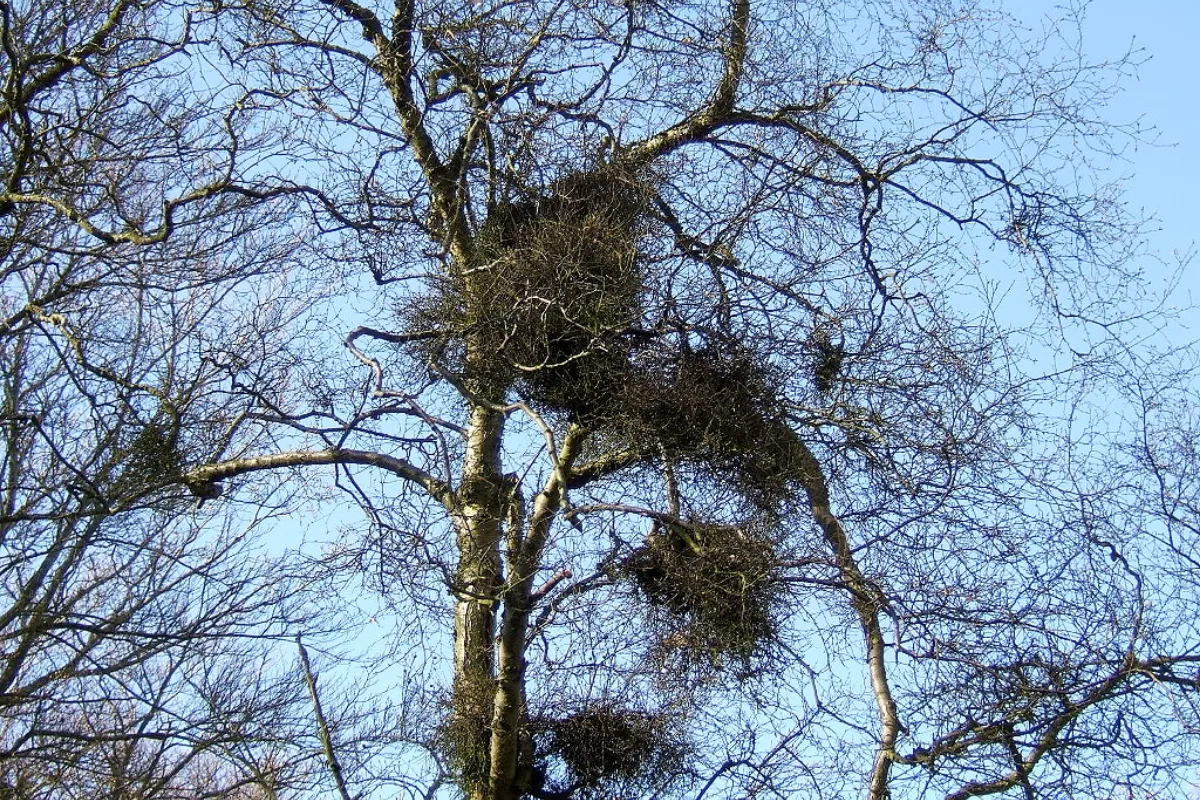
Pollarding
An ancient pollarded beech tree in Savernake Forest. Practised in Europe since medieval times, pollarding involves pruning upper branches to limit a tree’s height and promote dense growth of foliage and branches.
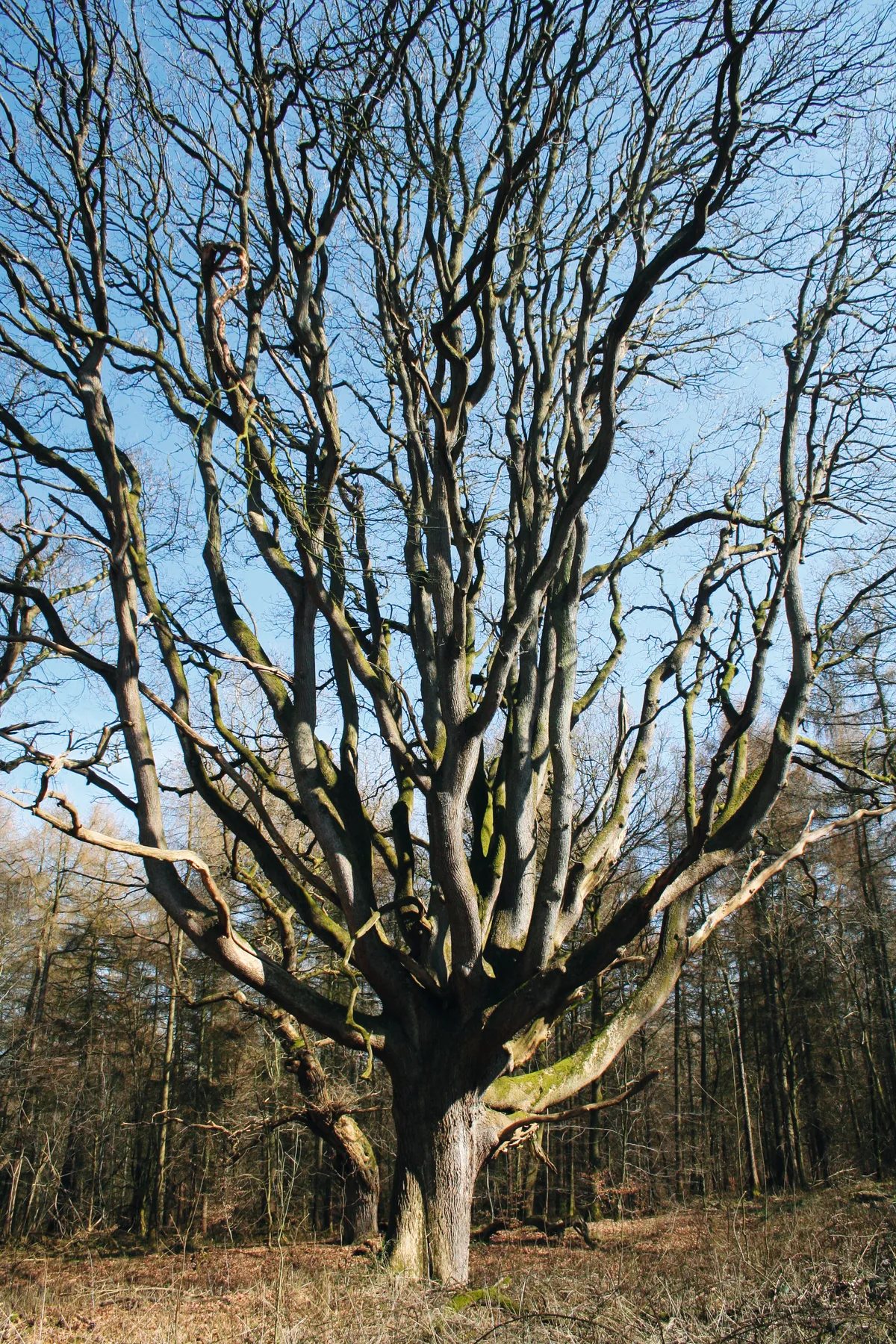
Marvellous moss
Moss tends to grow towards the south-west, in order to benefit from the most sunlight and rain, which can be useful information when navigating a woodland.
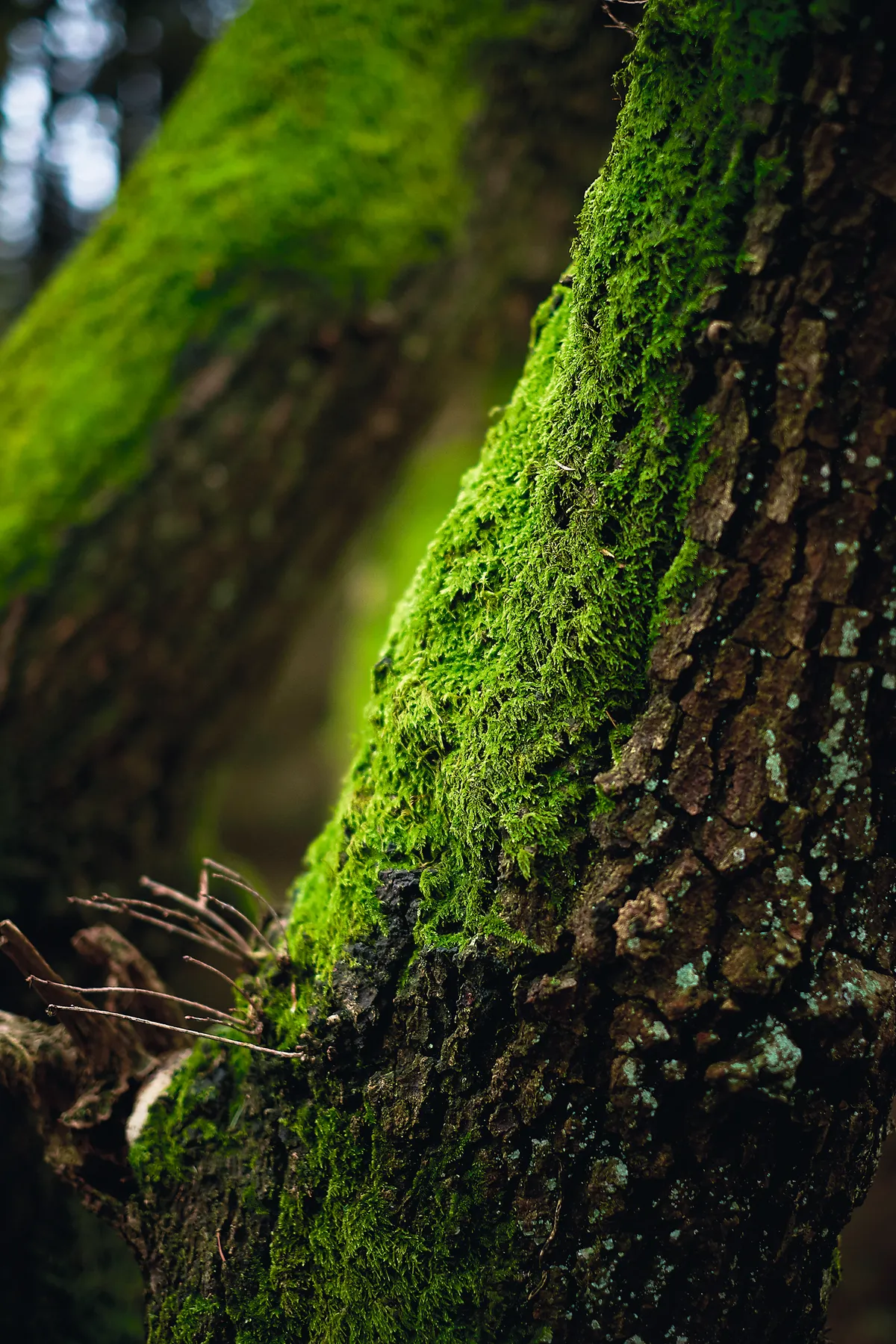
Hair ice
Also known as ‘ice wool’ or ‘frost beard’, hair ice (made up of the mycelial threads of a fungus) forms on dead wood, taking the shape of fine, silky hair. It needs the right amount of moisture, atmospheric conditions and temperature to form, making it a particularly special sight.
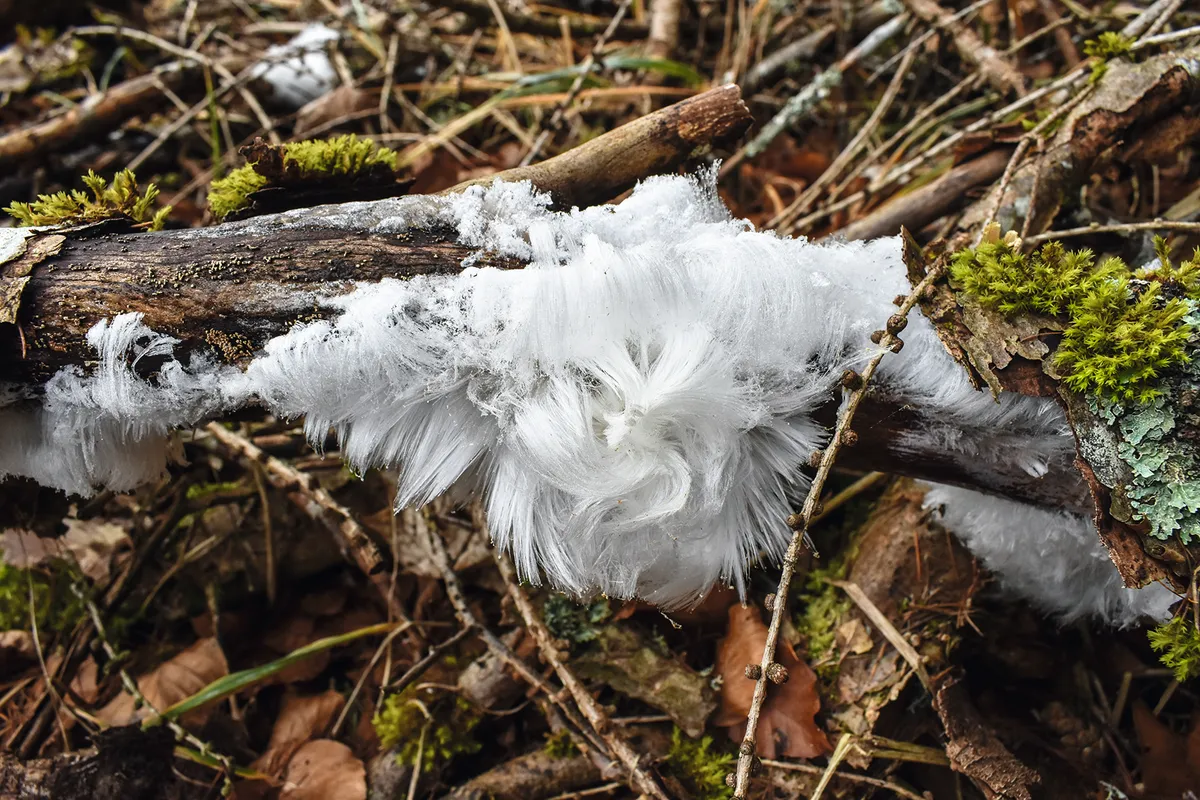
More natural mysteries:
